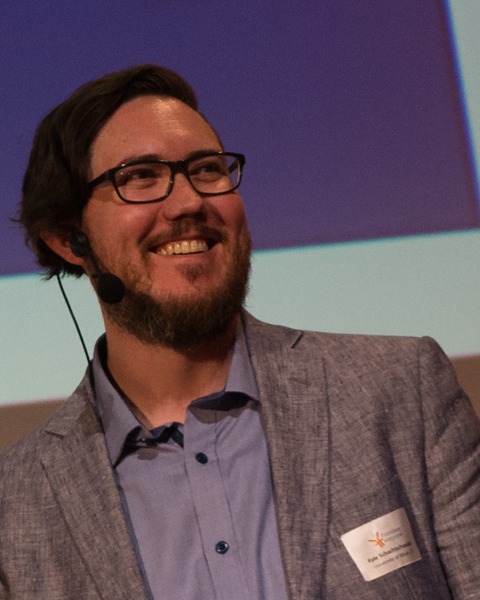SIR 2025
Interventional Oncology
Scientific Session
Biodistribution of Yittrium-90 Radioembolization in a Porcine Lung Cancer Model

Russell O. Simpson, MD (he/him/his)
Resident Physician
UIC, United States
Robert J. Abraham, MD, FSIR, FRCPC
Professor
Dalhousie University/QEII Health Sciences Center, Canada- DB
Daniel Blanco, BS
Head of Laboratory Animal Research
Sus Clinicals Inc, United States - LE
Lobna Elkhadragy, PhD
Postdoctoral Research Associate
University of Illinois at Chicago, United States - RG
Ron C. Gaba, MD, MS
Professor
University of Illinois at Chicago, United States - LJ
Luke R. Jordan, PhD
Senior Research specialist
University of Illinois at Chicago, United States 
Kyle M. Schachtschneider, PhD (he/him/his)
Vice President of R&D, Services
Sus Clinicals Inc., United States- ES
Eveyln Sambora, None
Animal Care Technician at Sus Clinicals
Sus Clinicals, United States - MN
Matthew Niemeyer, MD
Attending Physician
University of Wisconsin - Madison, United States
Presenting Author(s)
Author/Co-author(s)
The Oncopig Cancer Model—a transgenic porcine model recapitulating human cancer through induced expression of KRASG12D and TP53R167H driver mutations—was utilized to test the hypothesis that Y-90 can be safely administered with predictable biodistribution to lung tumors using technetium-99m macroaggregated albumin (Tc-99m MAA) as a surrogate.
Materials and Methods:
Lung tumors were induced in Oncopigs (n=4) by endotracheal injection 1x1010 PFU of adCre in 5mL PBS. Once tumors reached a clinically relevant size, each pig underwent Tc-99m MAA infusion, first from the bronchial artery and then the pulmonary artery, targeting the same tumor in each pig, with procedures spaced 1 week apart. Outcomes were determined by calculating a tumor to normal ratio (TNR). Biodistribution within the targeted tumor, perfused normal lung, mediastinum, brain and kidneys were determined utilizing Bremsstrahlung single photon emission computed tomography/computerized tomography (SPECT/CT) and MIM dosimetry software (MIM Software Inc, Cleveland, OH).
Results:
The TNR in the 4 pigs was significantly higher after bronchial arterial infusion of Tc-99m MAA compared to pulmonary arterial infusion (17.57 +/- 10.28 vs. 3.47 +/- 3.65, P value of 0.0415). Shunting to extrapulmonary tissues was overall low, with mediastinal shunt percentage ranged from 4.01-28.7 for bronchial administration and 0-6.94.
Conclusion:
Bronchial artery infusion of Tc-99m resulted in higher TNR and minimal off-target distribution compared to pulmonary artery infusion. Notably, perfusion and MAA uptake was seen in enlarged mediastinal lymph nodes, suggesting that bronchial arterial Y-90 treatment may be beneficial for patients with regional metastatic disease. Results of this pilot study support the need for future phase 1 and 2 safety and efficacy studies for lung Y-90 TARE.


.jpg)